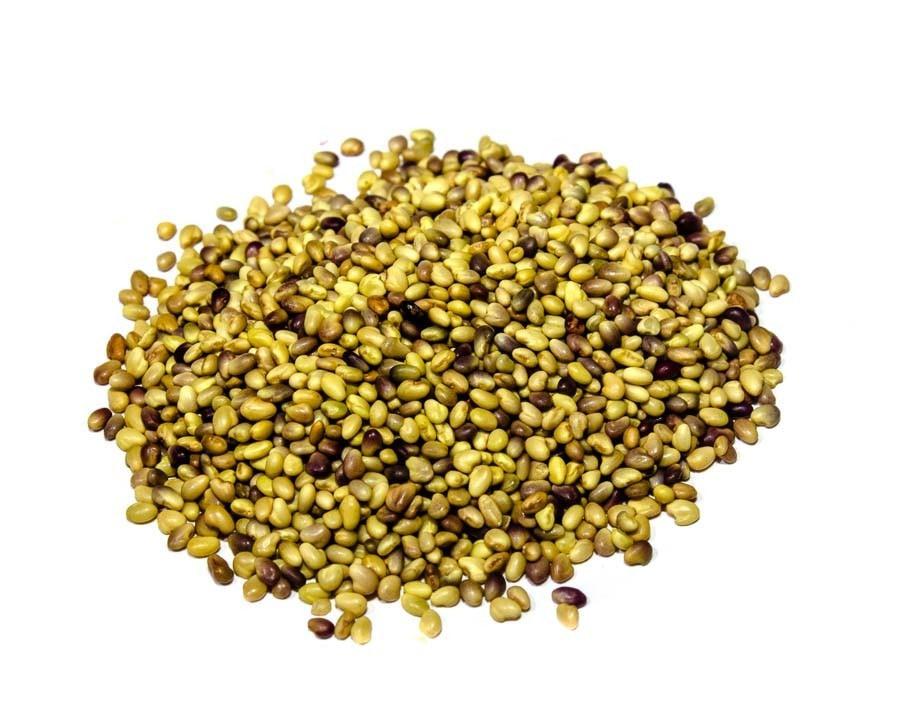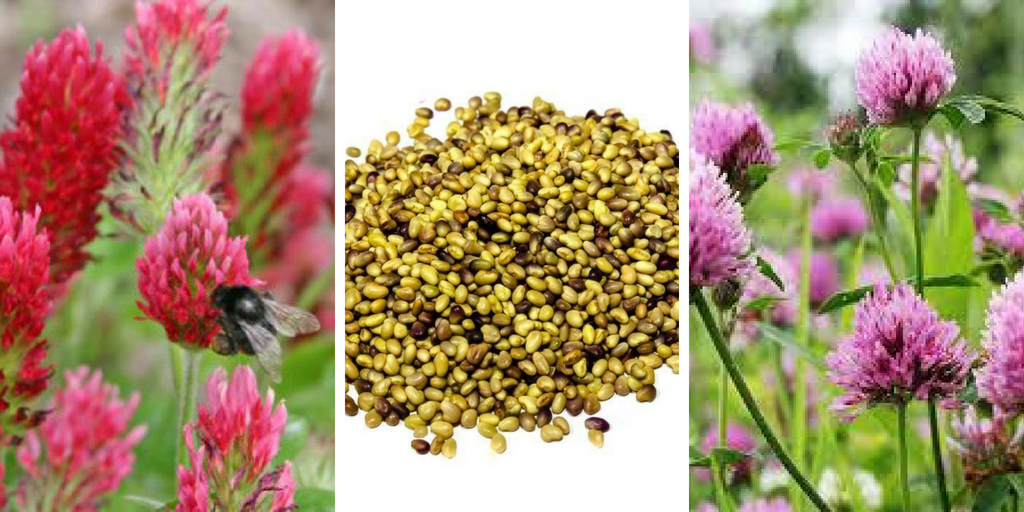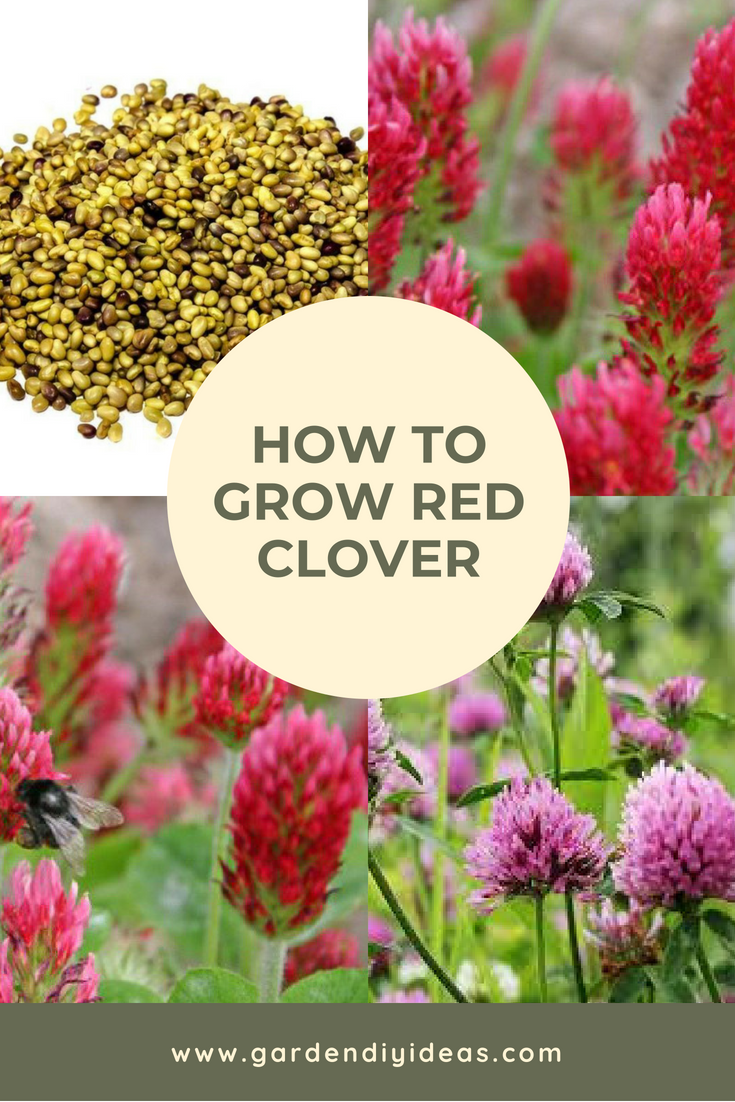Red clover, scientifically known as Trifolium pratense, is a plant that is mainly grown as a forage grass for grazing in many countries. It is easy to plant and it is even easier to learn how to grow red clover. Besides, there are a lot of varieties of red clover that you can grow, and they are widely available in markets.
Red clover is grown worldwide for two main reasons. The first is that it is a highly healthy plant that contains flavonoids, derivatives of coumarin and cyanogenic glycosides which they enhance the performance of any animal. The second reason is that it improves the soil quality of your garden and supplies it with organic matter.
Furthermore, red clover is a very sturdy plant that can adapt to different environmental conditions. It is both drought tolerant and cold tolerant which make it nearly indestructible. If you want to better your garden soil quality and improve the productivity of other plants you have in your garden, read the below steps to learn how to grow red clover.
1. Propagation and Planting Red Clover

Similar to any kind of seeds, red clover seeds require warmth and plenty of water to germinate. If you are looking for a high yield, you should sow 3.63 to 4.54 kg of red clover seeds per acre in a well-draining soil. For better results, you should start sowing in spring or in summer.
Red clover plants also need space, so make sure that you leave a space of at least 30 to 40 cm between each plant in all directions. It will help them grow better and faster. When sowing the seeds, poke a hole of 1 to 2 inches deep for each seed. Sow only one seed per hole.
2. Soil
Although red clover is a highly adaptive plant that can grow and thrive in any quality of soil even the poor ones, it is preferable that you plant red clover in a slightly acidic well-draining soil. If you want a to obtain heavy yield, use a fertile soil that is rich in calcium.
For pH, Red clover likes a neutral pH. A perfect pH would be 6.4, however, any pH between 6.0 and 7.0 is acceptable.
3. Location
Red clover can be grown in any position as it is an extremely tough plant. But, if you want your plant to produce and flower heavily, it is ideal that you grow it in a partially shady location.
4. Fertilizing
The best time to fertilize red clover is early spring or fall. A fertilizer that contains phosphorus and potassium is an excellent choice. You can’t fertilize red clover in the growing season, it is harmful to the plant. Thus it is better to fertilize it before seed-sowing.
Fertilize the plant once with 80 to 120 kg of phosphorus per hectare before sowing. Don’t over fertilize it won’t lead to better results. You should also apply potassium fertilize twice. Once before sowing and once in early spring. The quantity of potassium that you should use should range between 50-70 kg.
5. Pests and diseases
There are a lot of pests and diseases that could attack your plants and cause you losses in yield. Among these pests and diseases, the most dangerous ones are fungal infections, bacterial and viral infections. The most widespread red clover diseases are brown spot and powdery mildew. You should also be careful of fungal infections as they are extremely harmful to your plants’ leaves.
6. Harvesting
Red clover usually lasts for 3 years. You will obtain the highest yield in the second year. It is advisable that you harvest red clover before it fully blooms. If you allow it to fully bloom, it will lead to a decrease in your yields.
Harvest red clover once per year preferably between August and September. If you want a full detailed guide how to harvest red clover, please follow this link.
These steps are the best steps to follow in order to obtain a high yield of red clover. Besides, they are the easiest steps to successfully grow this widespread plant. It is highly recommended that you grow this plant to improve your soil quality, feed your animals and cover your garden ground.
If you are interested in growing long seasoned plants, you may also want to read how to grow dragon fruit.
Enjoy your gardening and let us know if you have any further inquiries and questions.




